Health and Wellness Trends
The growing focus on health and wellness is reshaping consumer preferences within The Global Soups Industry. As individuals become more health-conscious, there is a marked shift towards soups that are low in sodium, rich in nutrients, and made from organic ingredients. In 2025, the market is expected to witness an increase in demand for functional soups that offer health benefits, such as immunity-boosting properties or digestive health support. This trend is further supported by the rise of dietary restrictions and preferences, including gluten-free and vegan options. Manufacturers are responding by reformulating existing products and introducing new lines that cater to these health-oriented consumers. Consequently, The Global Soups Industry is likely to experience growth driven by the increasing availability of health-focused soup options.
Sustainability and Ethical Sourcing
Sustainability has become a pivotal concern for consumers, influencing their purchasing decisions within The Global Soups Industry. There is a growing expectation for brands to adopt sustainable practices, including ethical sourcing of ingredients and environmentally friendly packaging. In 2025, the market is anticipated to see an increase in demand for soups that are marketed as sustainable, with consumers willing to pay a premium for products that align with their values. This trend is prompting manufacturers to invest in sustainable supply chains and transparent sourcing practices. Furthermore, the emphasis on reducing food waste is leading to innovative approaches in product development. As a result, The Global Soups Industry is likely to evolve, with sustainability becoming a key driver of consumer loyalty and brand differentiation.
Convenience and Ready-to-Eat Options
The demand for convenience foods continues to rise, significantly impacting The Global Soups Industry. Busy lifestyles and the increasing number of working professionals have led to a preference for ready-to-eat meals. In 2025, the market for ready-to-eat soups is projected to grow, driven by the need for quick meal solutions. Consumers are increasingly seeking products that require minimal preparation time, which has prompted manufacturers to innovate and expand their offerings. This trend is particularly evident in urban areas, where time constraints are more pronounced. The convenience factor not only appeals to individual consumers but also to families looking for easy meal options. As a result, The Global Soups Industry is likely to see a surge in demand for single-serve and microwaveable soup products.
E-commerce and Digital Transformation
The rise of e-commerce is transforming the way consumers access products, significantly impacting The Global Soups Industry. In 2025, online grocery shopping continues to gain traction, driven by the convenience and variety it offers. Consumers are increasingly turning to digital platforms to purchase soups, leading to a shift in distribution strategies among manufacturers. This trend is further accelerated by advancements in technology, enabling brands to engage with consumers through targeted marketing and personalized recommendations. As a result, The Global Soups Industry is likely to see an increase in online sales, prompting companies to enhance their digital presence and optimize their supply chains for e-commerce. The ability to reach a wider audience through online channels may also encourage innovation in product offerings.
Diverse Flavor Profiles and Global Influences
The Global Soups Industry is experiencing a notable diversification in flavor profiles, influenced by global culinary trends. Consumers are increasingly adventurous, seeking unique and exotic flavors that reflect diverse cultural backgrounds. In 2025, the market is projected to expand as manufacturers introduce soups inspired by international cuisines, such as Thai, Indian, and Mediterranean. This trend not only caters to the growing demand for variety but also aligns with the increasing interest in global gastronomy. Additionally, the rise of social media has amplified the visibility of unique soup offerings, encouraging consumers to explore new tastes. As a result, The Global Soups Industry is likely to benefit from the introduction of innovative flavors that appeal to a broader audience.
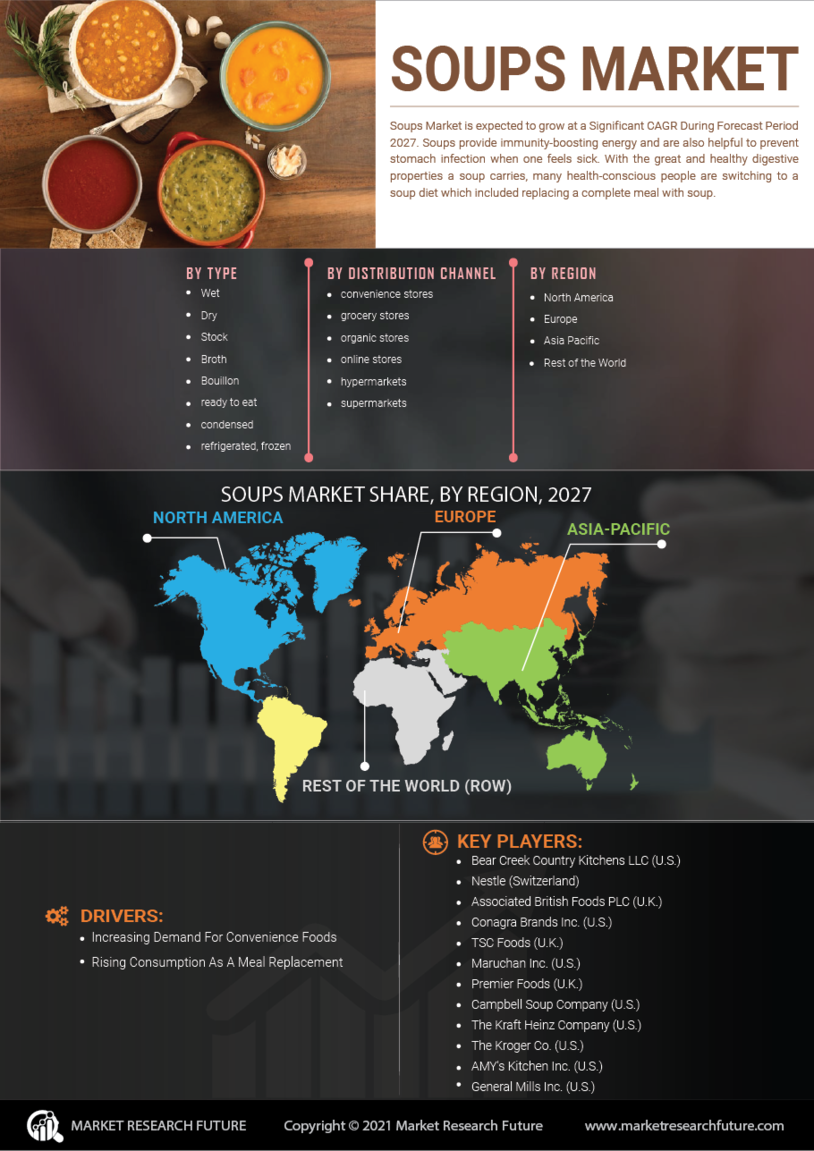

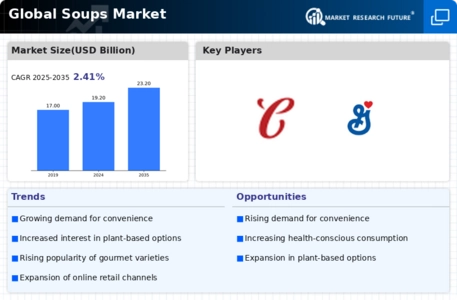
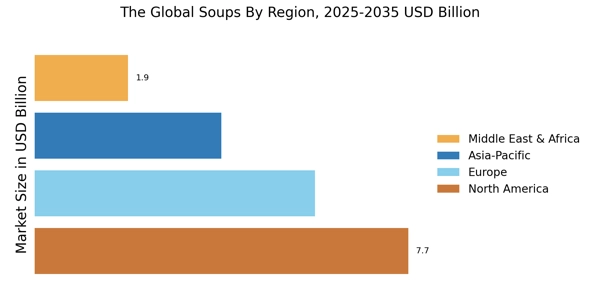
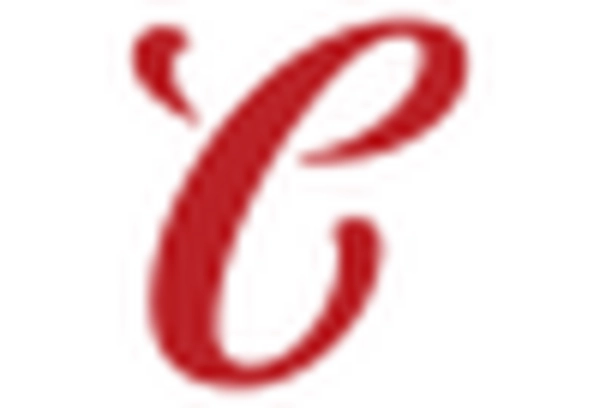
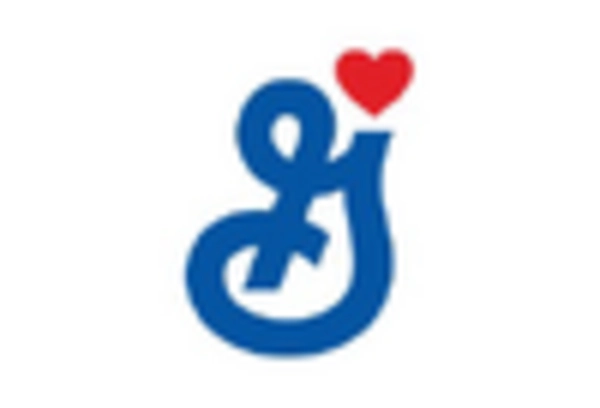
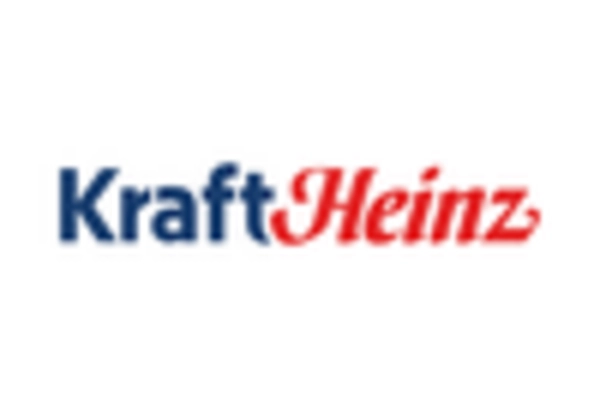
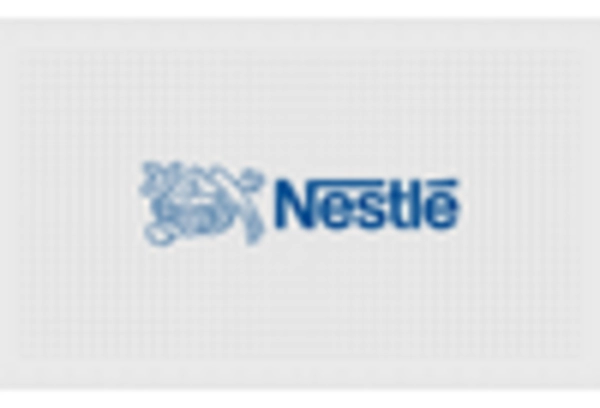
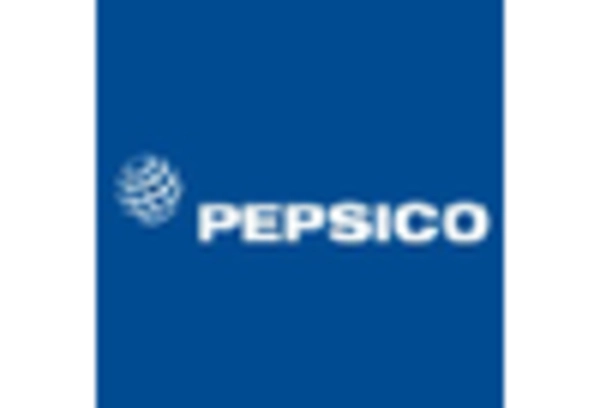
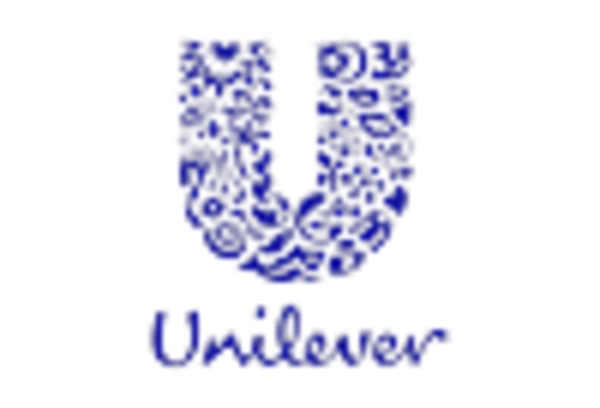








Leave a Comment